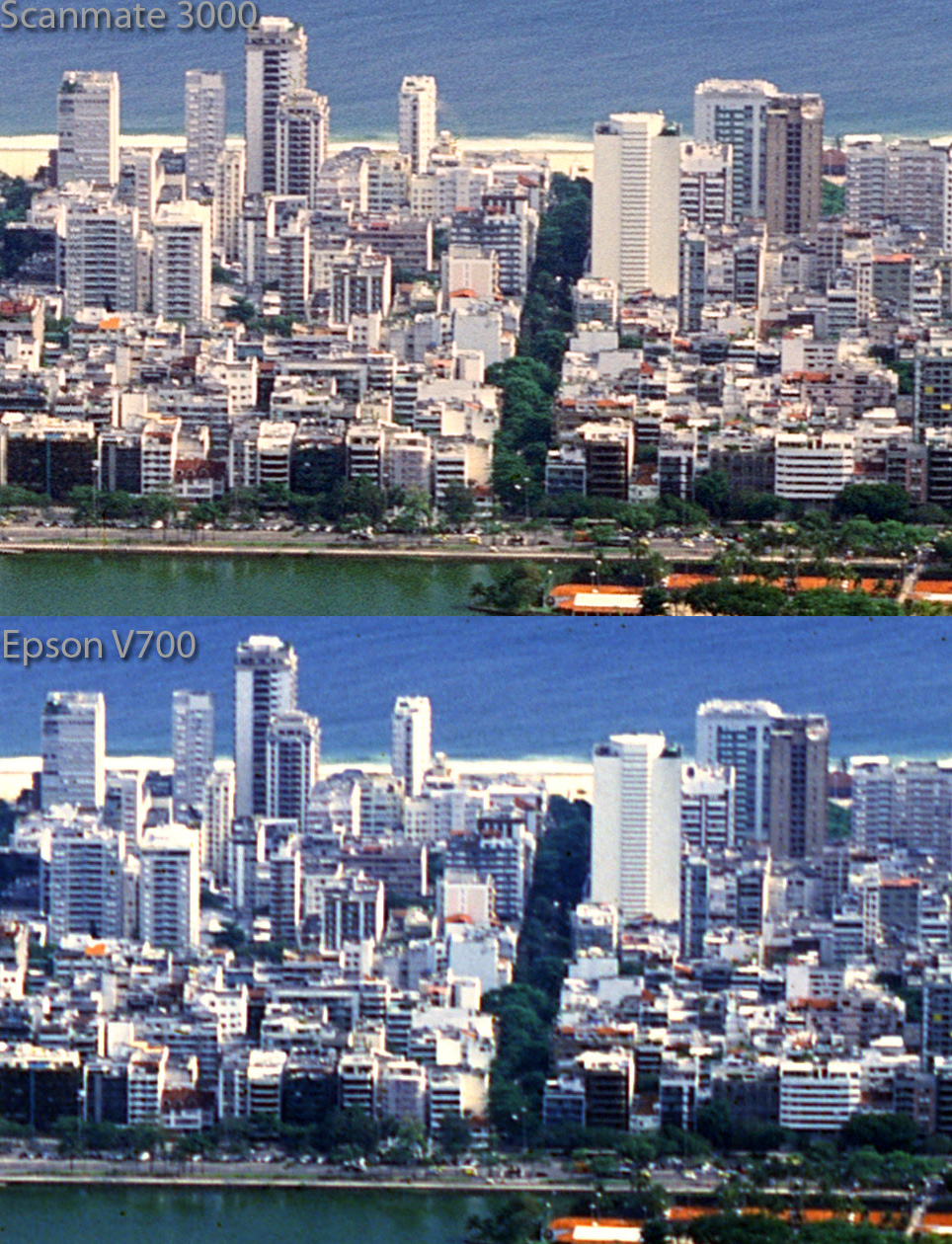It's been quite a while since we've been posting anything here. But I thought that would well be worth to post, to demistify certain misconceptions about the "high" resolution of contemporary consumer (or even prosumer) scanners. Fact is, our featured (and excellent, too) photographer, Margus has been in the "drum scanner business" (so to speak) for quite a while. And he's got enough guts to take the bumpy (and expensive) road to restore a drum scanner back in working order. Bravo!
Anyway, I dared to post a couple of photos (retrieved from his photostream). These pics very explicitely show the obvious superiority of a drum scanner, even though with such a "low" (nominal) resolution of 3000 ppi and the "modest" Dmax of 3.6.
 | |
| Copyright Margus Sootla. Retrieved from Flickr. |
 |
| Copyright Margus Sootla. Retrieved from Flickr. |
Now, a question arises very naturally: if drum scanners would be more common (=affordable to use) in the past years, how many more photographers would stick with film (or at least for a much longer time)???
Margus, my very compliments for the excellent scanner restoration job!
Mitja





